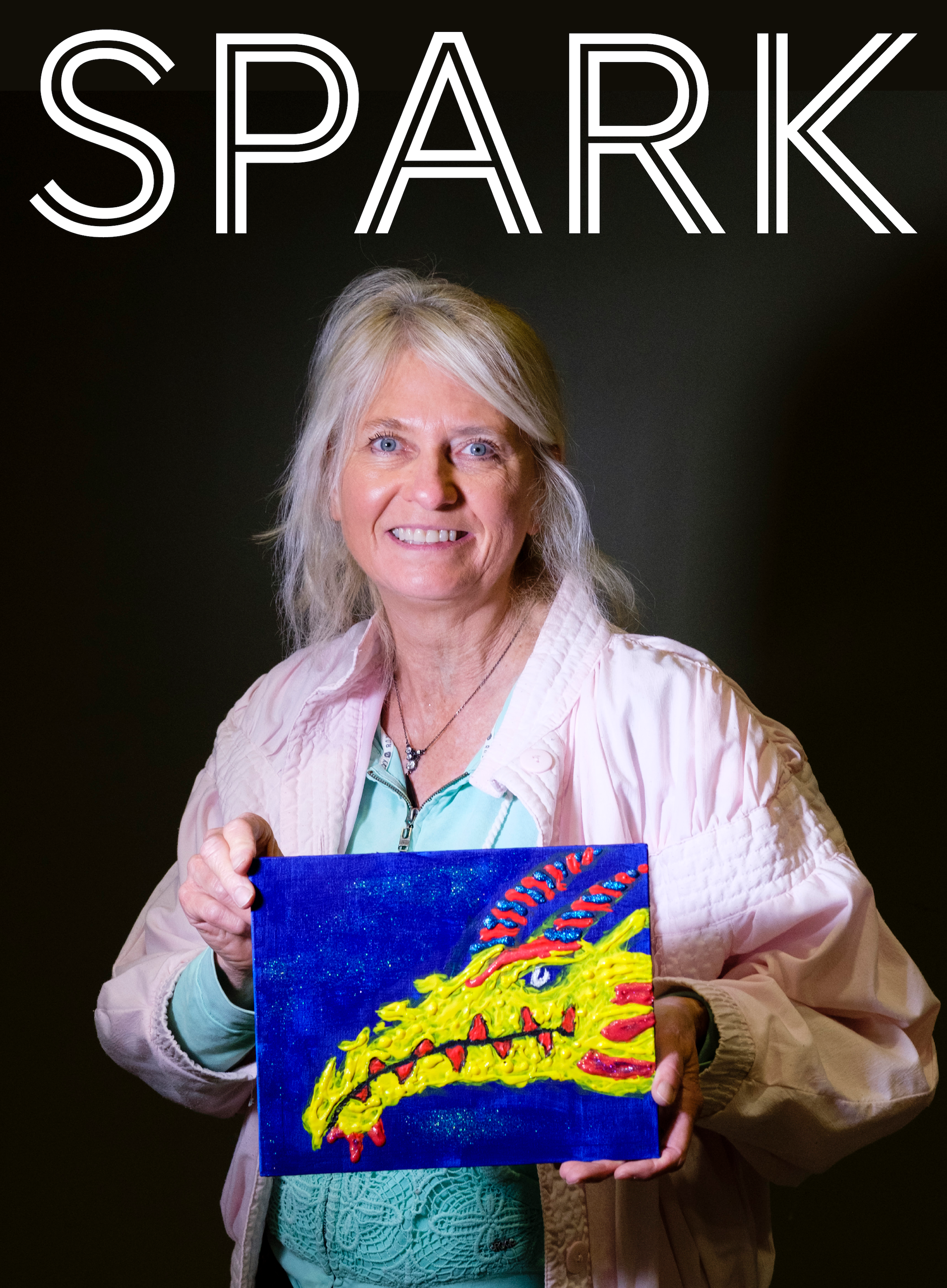Translating Tagalog

How one Brighton resident created her own translation service to help bridge a cultural gap
For Brighton resident Donna Ignacio Mapps, transitioning to life in North America from the Philippines came with many challenges – a new language, new culture and meeting new people. Mapps had left behind her native Philippines for, as she puts it, greener pastures. A strong emphasis on hard work and education was placed on Mapps while growing up. Despite this, life in the Philippines was often difficult – not enough food to eat, outdated roads and houses, and deadly typhoons. For these reasons, Mapps moved first to Canada and then to Colorado, where she embarked on a new journey that would lead her to better understand Western culture while still celebrating the one she grew up with.
 In an effort to bridge those two worlds, Mapps created Learn Filipino, a website that provides human Filipino translation services, travel advice, a line of products that depict Filipino culture, and a look at the many lifestyle insights that help define Filipino culture – things like comic strips or the country’s enthusiasm for the Ms. Universe pageant.
In an effort to bridge those two worlds, Mapps created Learn Filipino, a website that provides human Filipino translation services, travel advice, a line of products that depict Filipino culture, and a look at the many lifestyle insights that help define Filipino culture – things like comic strips or the country’s enthusiasm for the Ms. Universe pageant.
“I first learned the English language from school and spoke it with fellow Filipinos, but it is a different story when you do it on a day-to-day basis and with native speakers,” says Mapps of her language learning experience, part of the inspiration for starting Learn Filipino.
Mapps mentions that the challenge of learning a new language is compounded when speaking to people who don’t have a shared cultural background. She felt like she didn’t have much to talk about with strangers, and that strangers knew little about her Filipino experiences. For her, creating a website was a way to write in her new language while sharing information about Filipino culture with those who might be unfamiliar with it.
“Conversation is usually contained to life here, which I am still learning and discovering,” she says. “I had the thought of creating a community where I could freely share my thoughts about my own culture and language.”
Mapps created Learn Filipino by teaching herself a new set of skills like web development through resources at the library. While her daughter was attending early literacy programs or keeping herself busy exploring children’s books, Mapps would watch Lynda.com tutorials. Anythink Brighton became “like a second home to me,” she says.
And so far the results are good: her website statistics show that a considerable amount of users on learnfilipino.org are returning visitors who spend hours on the site. After the website’s official launch in 2015, Mapps has updated it to include a translation dictionary with more than 20,000 audio materials and is seeing her ranks climb in Google searches. Those using her free human translation services include lawyers, employers, travelers and people who have Filipino family members or are just curious about the Filipino language – an indication of success in her desire to create a shared online community.
“This niche is useful for people,” says Mapps. “I will always remember my country and the people I have lived with. They are part of my dreams, and it is why there is Learn Filipino.”
The Philippines at a glance
- The Philippines is an archipelago in Southeast Asia made up of more than 7,500 islands.
- Languages spoken: Tagalog and English are the official languages, with eight major dialects.
- Population: 100,981,437
- Capital: Manila
- Popular Filipino foods: Adobo (chicken or pork stewed with vinegar and soy sauce, and served with rice); kinilaw (fish with vinegar, similar to ceviche); balut (fertilized duck eggs); and lumpia (deep-fried spring rolls).
 Dive deeper
Dive deeper
Use your Anythink card to explore Filipino culture.
- "Dive Travel: Anilao Mabini Batangas, Philippines" – Stream this diving documentary with hoopla digital.
- Use Rosetta Stone's interactive language-learning tutorials in Tagalog.
- "The Filipino Cookbook: 85 Homestyle Recipes to Delight Your Family and Friends" by Miki Garcia – Download this digital cookbook via hoopla digital.
Send your questions or feedback to ithink@anythinklibraries.org or post in the comments below.

